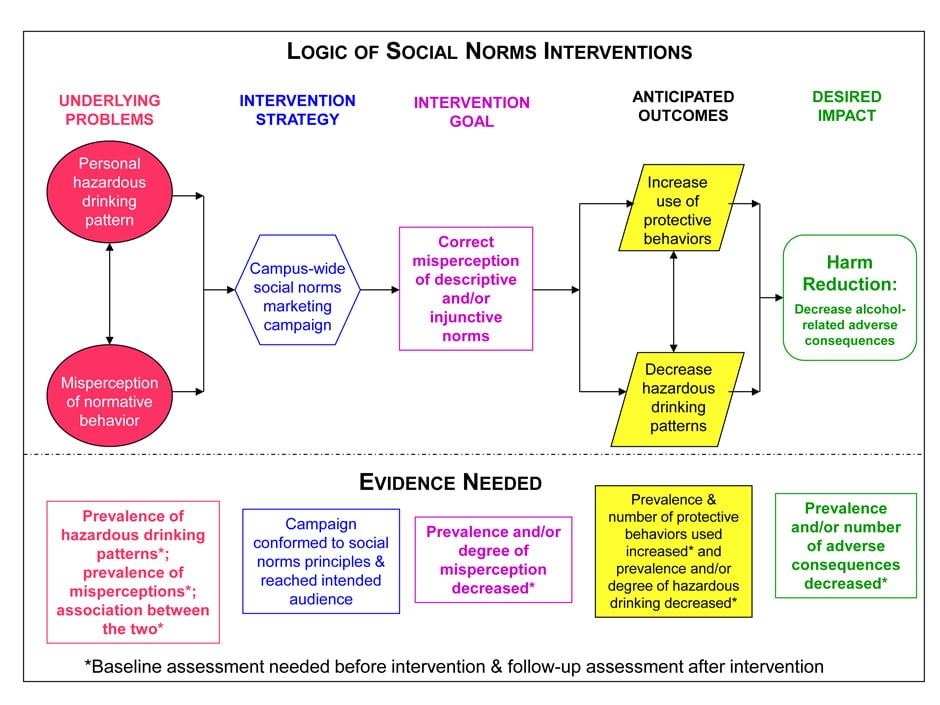DO YOU…
- shake hands when you meet someone?
- leave a tip for the waiter?
- refrain from picking your nose in public?
- ask someone how they are doing and keep walking past them?
- avoid talking with food in your mouth?
- put your phone on silent when in a meeting or other important public setting?
- go a few miles over the speed limit?
- hold the door for the person coming in behind you?
- face the front/door when you are on the elevator?
What do all of these behaviors have in common?
They are all social norms, rules and accepted behaviors for how people should or should not act in a given group or society. We don’t even think about why we do all of these things. We just have always done them. Some social norms are spoken and defined while others are unspoken and undefined. They can change with time, and they can change depending on the group, society or culture.
Social norms drive our behaviors. We do them because we think that the majority of people are doing them, and it is the normal thing to do.
But sometimes, people may misperceive a social norm and think that a behavior occurs more often than it really does.
When it comes to alcohol and other drugs, this can be a slippery slope. It is a common misperception that it is the norm for youth to drink underage or engage in substance use. However, this is not true, as MOST youth DO NOT drink underage or engage in substance use. It is actually these misperceptions that sometimes cause these behaviors in the first place. For example, teens are at a party where alcohol is being served. If they think that most of the people their age drink alcohol, then they will feel greater pressure to belong and take a drink.
As prevention advocates, it is important to address why youth may think that most of their peers drink and to clarify those misperceptions.
Social norms campaigns can help!
Social norms campaigns help to clarify misperceptions of certain norms by communicating the truth that most people do not engage in those behaviors. Studies show that these campaigns can actually reduce the risky behavior. If people don’t think something is normal, they are less likely to engage in it!
By focusing on the positive, we can help protect our youth and keep our communities safe! Below are some examples of social norms campaigns that have done just that!
Steps to Conducting a Youth Positive Social Norms Campaign – A positive social norms campaign for youth would communicate the truth that most of their peers do not engage in underage drinking or substance use. Campaigns like this are best implemented in spaces where youth congregate, like in schools. Including youth voice in planning and implementing the campaign will help ensure it is youth-friendly and easy to relate to for the intended audience.
Adult Positive Social Norms Campaigns Are Important, Too! – A positive social norms campaign for adults would also communicate the truth that most youth do not engage in underage drinking or substance use. This is important for adults to know as it encourages them to not serve alcohol to minors or host parties where alcohol or drugs are present. Some of the impacts of positive social norms campaigns on adults include limiting youth access to these substances and increasing consequences for use, both of which will, in turn, decrease youth use.
If you have any questions about social norms campaigns or conducting one in your community, please contact Michael at michael@guideinc.org.
